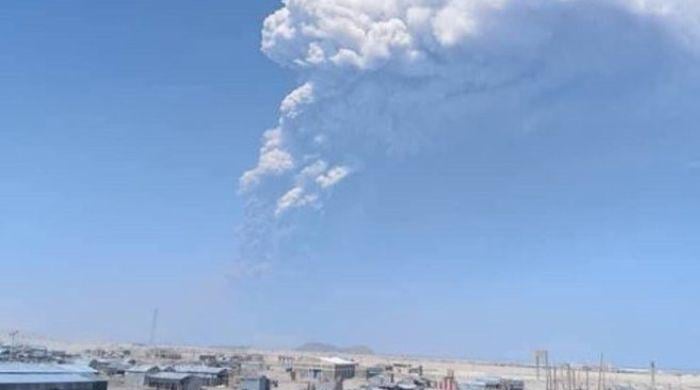Home / Disasters and Accidents / Ethiopia Volcano Erupts After Millennia of Silence
Ethiopia Volcano Erupts After Millennia of Silence
24 Nov
Summary
- Ethiopia's Hayli Gubbi volcano erupted for the first time in potentially thousands of years.
- A massive ash plume reached an altitude of 15 kilometers, drifting over the Red Sea.
- Volcanologists confirmed a significant release of sulfur dioxide (SO2) from the eruption.

The Hayli Gubbi volcano in Ethiopia's remote Danakil region erupted explosively on Monday, November 24, marking its first known activity in potentially thousands of years. Satellite data confirmed a massive ash plume reaching altitudes of 13 to 15 kilometers, which is now drifting eastward across the Red Sea towards parts of Yemen and Oman.
Volcanologists have identified a major release of sulfur dioxide (SO2) from the eruption, a significant indicator of magma nearing the surface and potential further volcanic activity. The Toulouse Volcanic Ash Advisory Center has issued warnings to aircraft, tracking the spread of the volcanic ash cloud in the surrounding regions.
Hayli Gubbi, a shield volcano in the Afar region, has no known eruption history in the Holocene period, making this event geologically significant. Despite the remote and harsh environment, officials are closely monitoring the situation via satellite. No immediate impacts have been reported, but the volcanic activity is under continuous observation.


